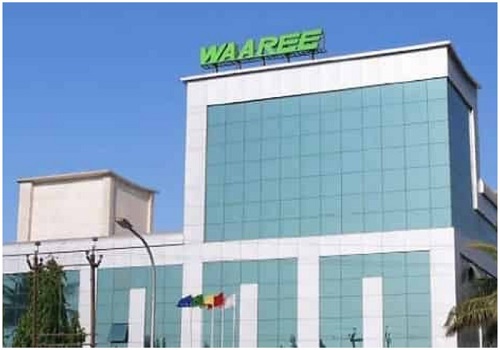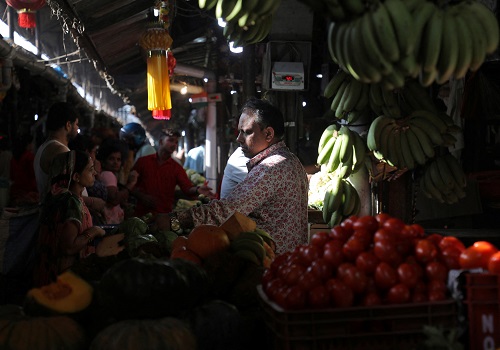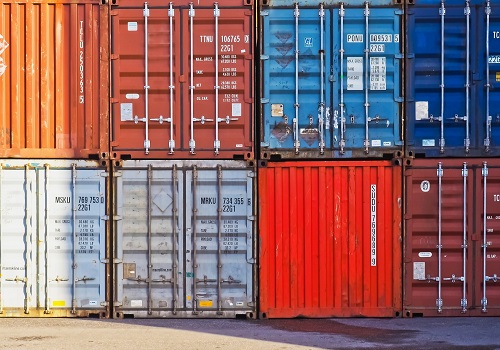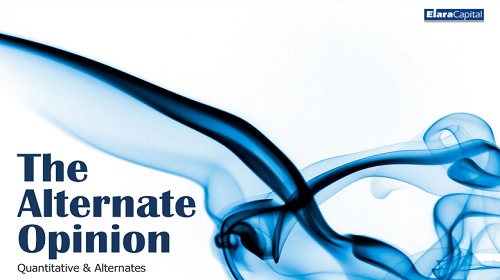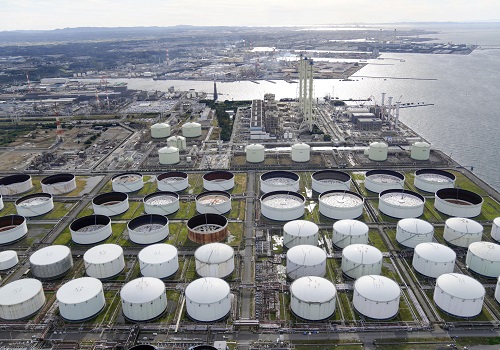India`s EAM to build $650-million EV battery materials plant in US
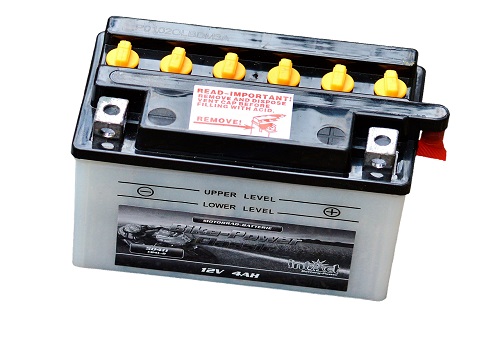
Follow us Now on Telegram ! Get daily 10 - 12 important updates on Business, Finance and Investment. Join our Telegram Channel
India's Epsilon Advanced Materials (EAM) plans to open a $650-million battery materials and components plant in North Carolina in 2026 that could eventually supply up to 1.1 million electric vehicles in the U.S., the company said on Thursday.
Mumbai-based EAM, a unit of Epsilon Carbon, said it will make anodes, the negative electrodes in batteries, from both natural and synthetic graphite. EAM, which also plans to make synthetic graphite at the plant, said it is in discussions with suppliers about sourcing raw materials, including natural graphite.
The manufacturing plant will be located in Brunswick County, southwest of Wilmington, and will be part of the EV battery hub developing in the state.
EAM said it is in advanced talks with several battery manufacturers to buy its products, but did not name the companies.
The company's move to create a new domestic source for anodes and synthetic graphite could ease reliance on imported Chinese materials and components. China recently curbed exports of graphite, the supply of which it controls.
EAM's U.S.-made battery components and materials likely qualify for incentives under the Inflation Reduction Act and related U.S. legislation aimed at building domestic supply chains for EVs and batteries.
"We believe that limiting the amount of graphite exported from China - and likely the price increase for graphite that it will create - exacerbates the challenges (and) exemplifies the need to develop synthetic graphite for the U.S. locally," said Chief Executive Sunit Kapur, in a statement to Reuters.
EAM expects the North Carolina plant to reach full capacity by 2031, with a targeted annual production capacity of 50,000 standard tons of anode materials.
China dominates synthetic graphite production, according to research firm Fastmarkets, which forecasts Chinese production of the material will grow from about 1.6 million metric tons this year to 2 million in 2030.



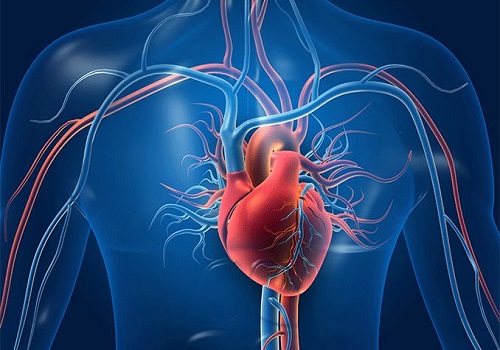





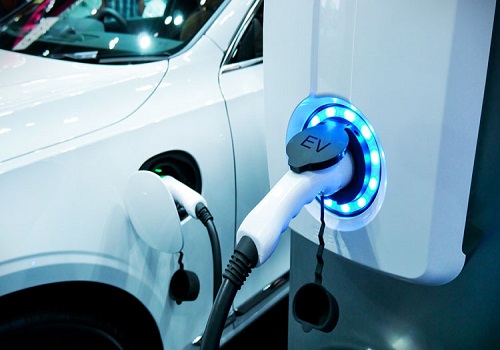


 320-x-100_uti_gold.jpg" alt="Advertisement">
320-x-100_uti_gold.jpg" alt="Advertisement">

